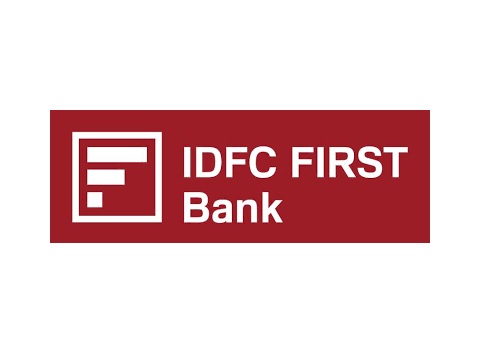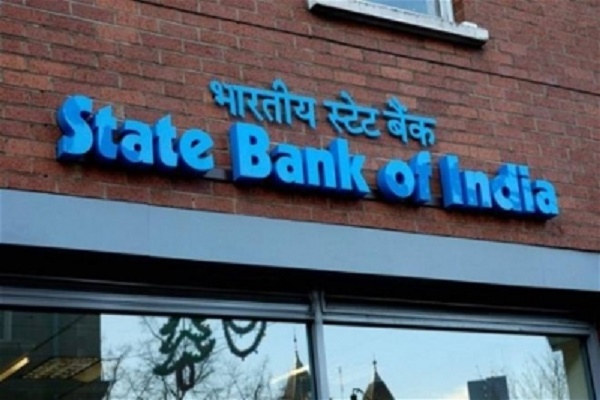Banking Sector Update : Connecting the dots of provisional business updates by Kotak Institutional Equities

We reiterate that the explanatory power of provisional business updates (a set of closely tracked disclosures) is mixed. On one hand, the relationship between NII growth and business growth has weakened after the introduction of EBLR and a higher share of retail loans. On the other hand, the disclosure on collection efficiency does provide some early indication about slippage trends. Hence, we look at these disclosures selectively when drawing an inference on the profitability performance of individual banks
Looking through the relationship of NII and business performance
We note that investors have placed a fair amount of importance on the provisional numbers that get released at the beginning of the quarter. We understand that investors tend to evaluate the relationship between business (loans and deposits) and NII growth. We have highlighted that the relationship is not a strong one, except where assets and liabilities have a higher share of fixed-rate loans and comparable maturity. We see that the relationship between loan growth and NII is stronger for small finance banks, while it is less significant for large private and PSU banks.
NII and NIM have many variables driving them; provisional numbers are not sufficient
We reiterate that NII growth is a function of many variables: (1) loan growth and loan mix; (2) deposits, deposit mix (CASA and term or retail and wholesale) and borrowing growth; (3) mobilization of funds into loans and investments, which accrue different yields; (4) loan yields; (5) cost of deposits and borrowings; (6) regulatory actions such as changes to repo rate, CRR, SLR, etc.; (7) companyspecific actions such as capital issuance; and (8) accounting impact such as write-offs, interest on income tax refund and interest reversals/interest accrued on non-performing loans. The overemphasis on deposits and loans ignores other variables driving NII growth and likely NIM for that quarter. Further, the salience of any variable could vary over time. For example, loan growth might explain NII growth very well in some periods, while in other periods it might be the cost of deposits driving NII growth. Hence, it is useful to look at these data releases from a signaling perspective without drawing specific inferences.
On the other hand, we observe the collection efficiency disclosures do offer some early indication about potential slippages (and, hence, credit cost) in the subsequent quarters. However, even this metric is mostly not comparable across lenders because of the inconsistency in the definition applied by them.
EBLR linkage and higher share of retail loans have made NII more volatile
In recent years, NII growth has become much more volatile than earlier (see exhibits). The share of EBLR-linked retail loans, changes to policy rates and the maturity profile of liabilities are likely to play a bigger role in determining NII growth. Note that the RBI’s data releases do carry a lot of information on the business performance for the sector, and, hence, these provisional business updates merely help to adjust the final forecasts for individual banks.
Above views are of the author and not of the website kindly read disclaimer










More News

Chemicals Sector Update : Crop & Chemical Dashboard: Battery chemicals defy trends by Kotak...













